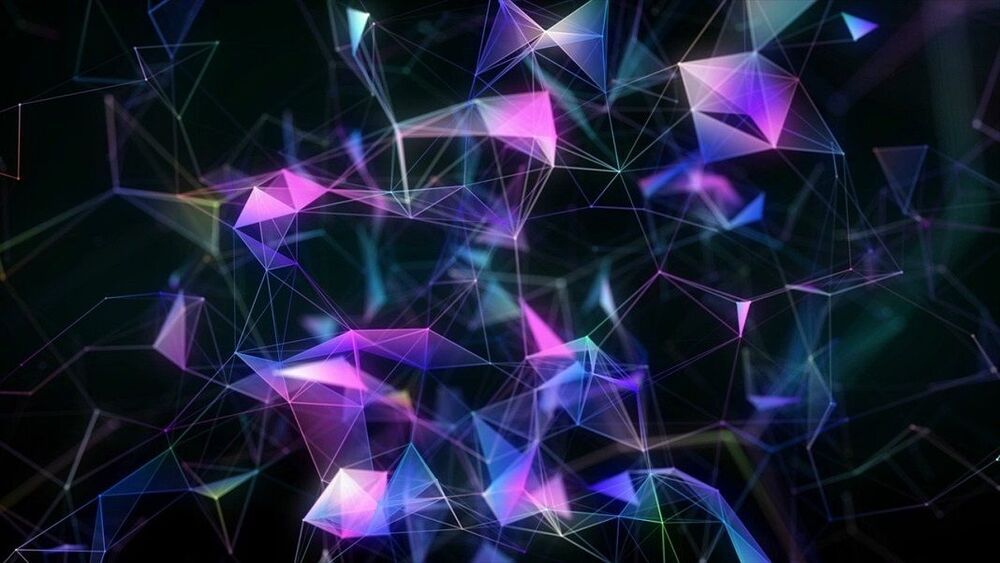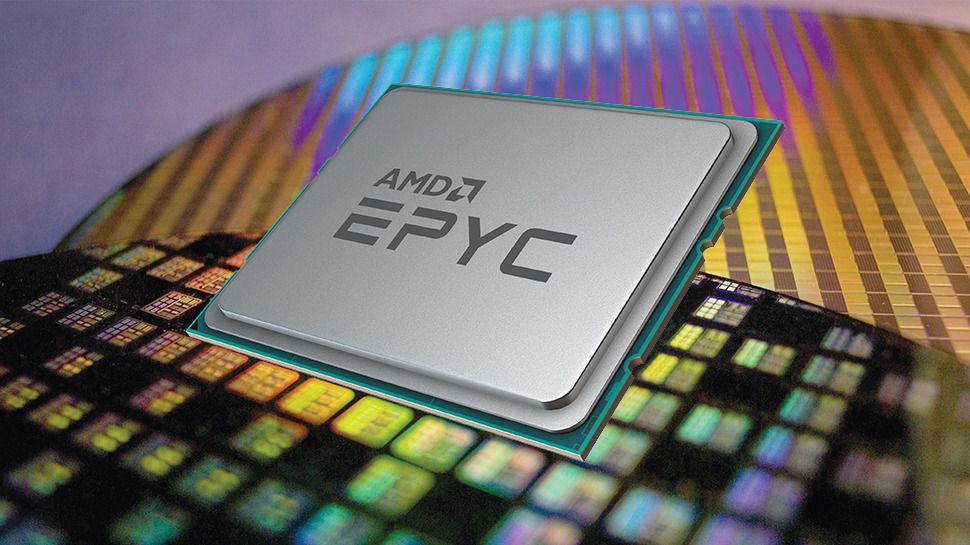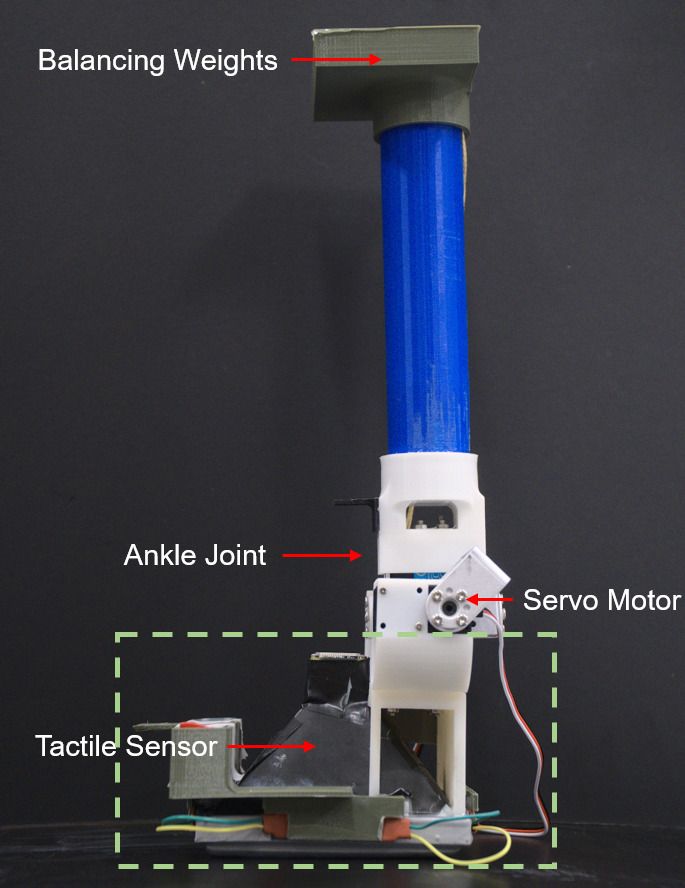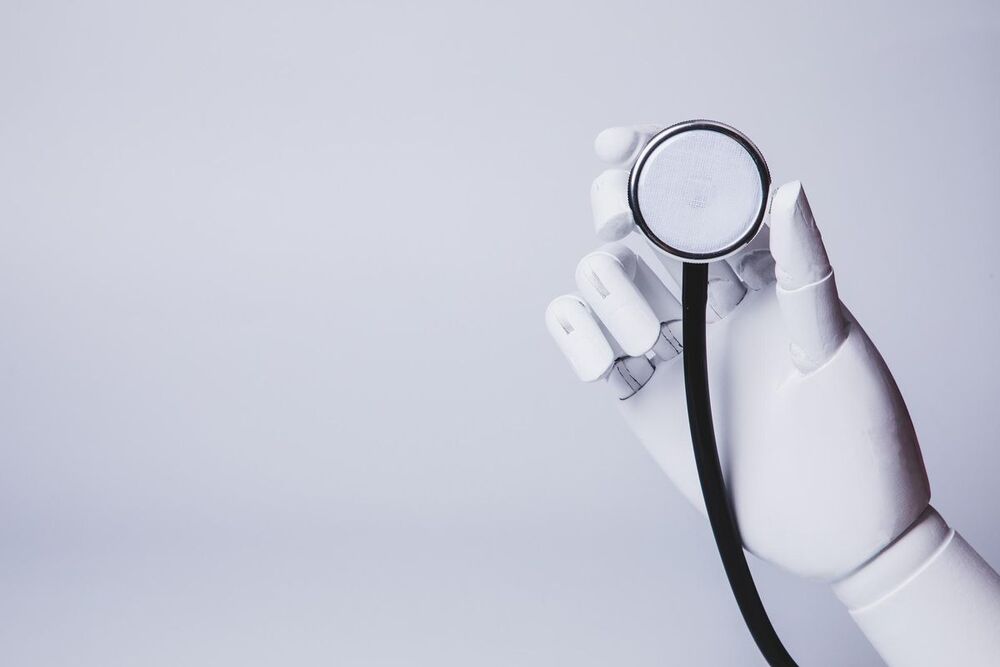Recently, scientists designed an AI agent that learns 60% faster than its peers by combining quantum and classical computing. 📈
This week, an international collaboration led by Dr. Philip Walther at the University of Vienna took the “classic” concept of reinforcement learning and gave it a quantum spin. They designed a hybrid AI that relies on both quantum and run-of-the-mill classic computing, and showed that—thanks to quantum quirkiness—it could simultaneously screen a handful of different ways to solve a problem.
The result is a reinforcement learning AI that learned over 60 percent faster than its non-quantum-enabled peers. This is one of the first tests that shows adding quantum computing can speed up the actual learning process of an AI agent, the authors explained.
Although only challenged with a “toy problem” in the study, the hybrid AI, once scaled, could impact real-world problems such as building an efficient quantum internet. The setup “could readily be integrated within future large-scale quantum communication networks,” the authors wrote.





